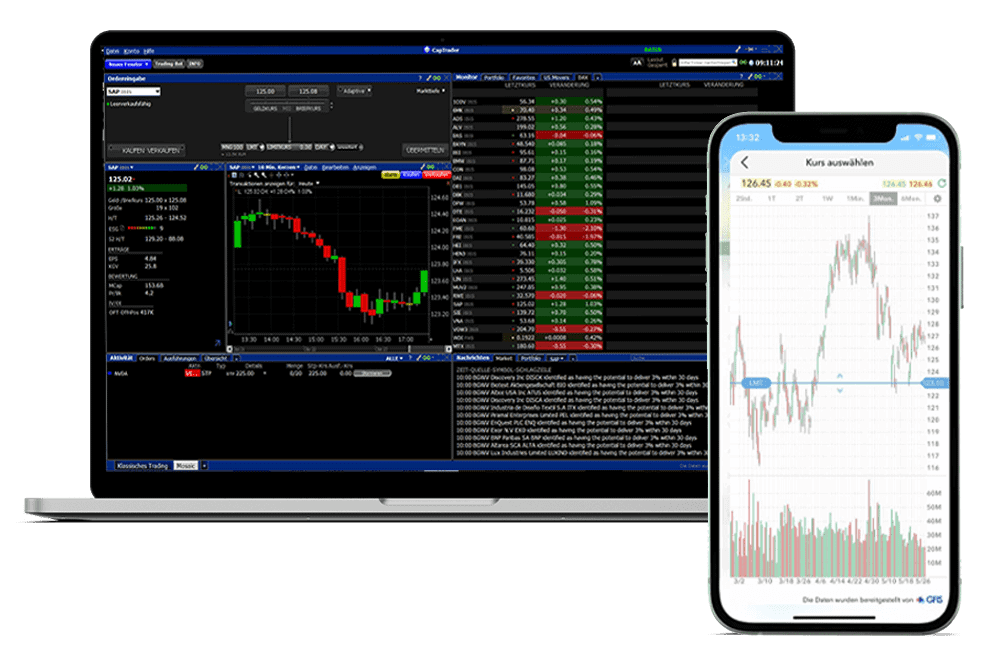The Evolution of CFD Trading: Past, Present, and Future

In the ever-evolving landscape of financial markets, Contract for Difference (CFD) trading has emerged as a powerful tool for investors seeking exposure to a diverse array of assets. Whether you’re an experienced trader or a newcomer to the world of finance, understanding the ins and outs of CFDs is essential. Let’s delve into what CFD trading entails and how it can shape your investment strategy.
What Are CFDs?
CFDs are derivative products that enable traders to speculate on the price movements of various financial instruments without actually owning the underlying assets. These instruments include stocks, indices, currencies, commodities, and more. Essentially, CFD trading allows investors to profit from both rising and falling markets, providing ample opportunities in volatile conditions.
The Mechanics of CFD Trading
One of the key features of CFDs is their flexibility. Traders can utilize flexible leverage to amplify their positions, potentially magnifying both profits and losses. This feature empowers investors to tailor their trading strategies according to their risk tolerance and market outlook. However, it’s crucial to exercise caution and employ risk management techniques when utilizing leverage.
Another advantage of CFD trading is the ability to access a diverse range of markets from a single platform. This convenience streamlines the trading process and enables investors to capitalize on global market trends efficiently. Moreover, CFDs offer the flexibility of trading both long and short positions, allowing traders to profit from market fluctuations in any direction.
Risk Management and Strategy
While CFD trading presents lucrative opportunities, it also carries inherent risks. Volatility in the underlying markets can lead to rapid price movements, potentially resulting in significant gains or losses. Therefore, implementing robust risk management strategies is paramount for safeguarding your capital.
Diversification is a fundamental principle of risk management in CFD trading. By spreading your investments across different asset classes and markets, you can mitigate the impact of adverse price movements on your portfolio. Additionally, setting stop-loss orders and adhering to predetermined risk-reward ratios can help minimize potential losses and maximize profits.
Conclusion
In conclusion, CFD trading offers a dynamic platform for investors to capitalize on global market trends and diversify their portfolios. With flexible leverage, access to a wide range of markets, and the ability to trade both long and short positions, CFDs provide ample opportunities for profit generation. However, it’s essential to approach CFD trading with caution and implement robust risk management strategies to navigate the inherent volatility effectively. By understanding the mechanics of CFDs and adopting a disciplined approach to trading, investors can harness the potential of this innovative financial instrument to achieve their investment goals.
In the ever-evolving landscape of financial markets, Contract for Difference (CFD) trading has emerged as a powerful tool for investors seeking exposure to a diverse array of assets. Whether you’re an experienced trader or a newcomer to the world of finance, understanding the ins and outs of CFDs is essential. Let’s delve into what CFD…